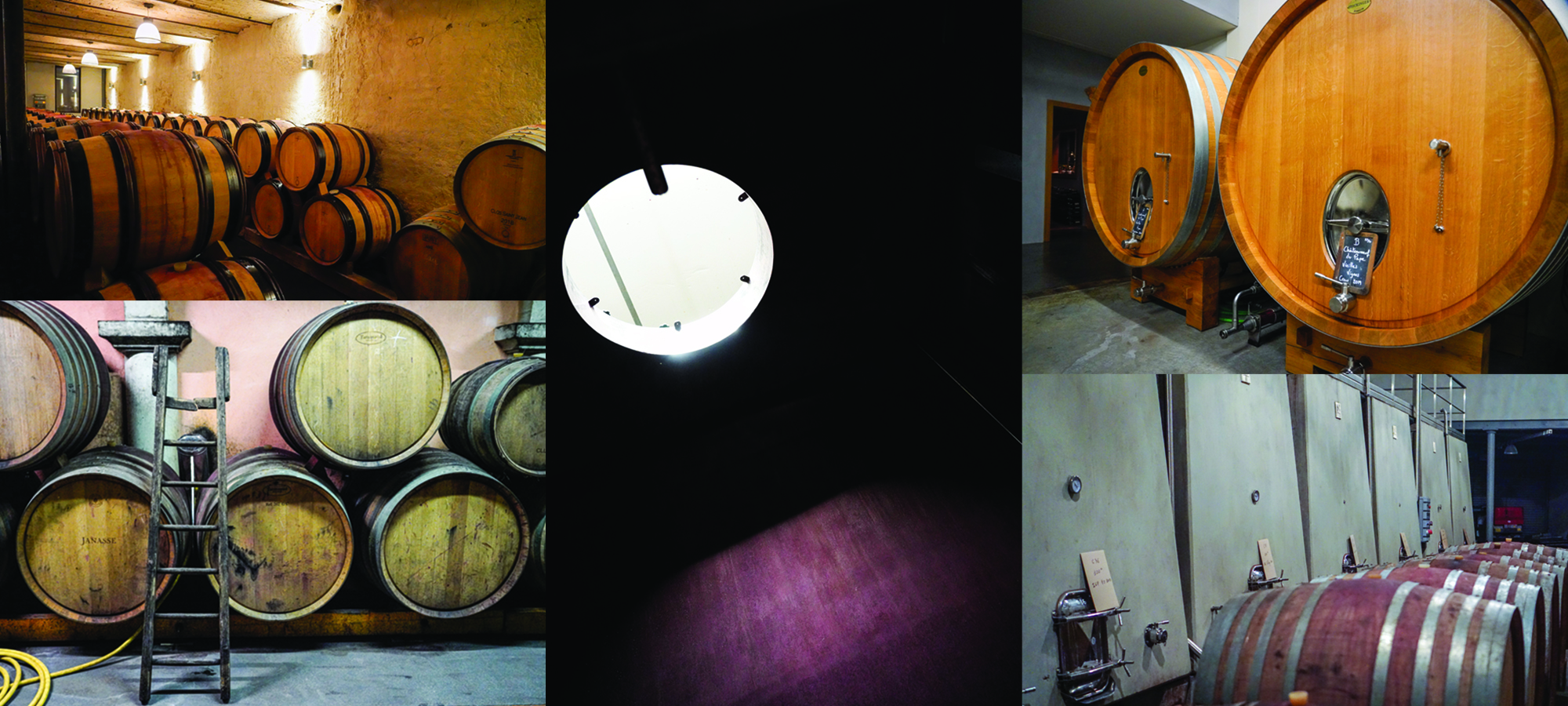

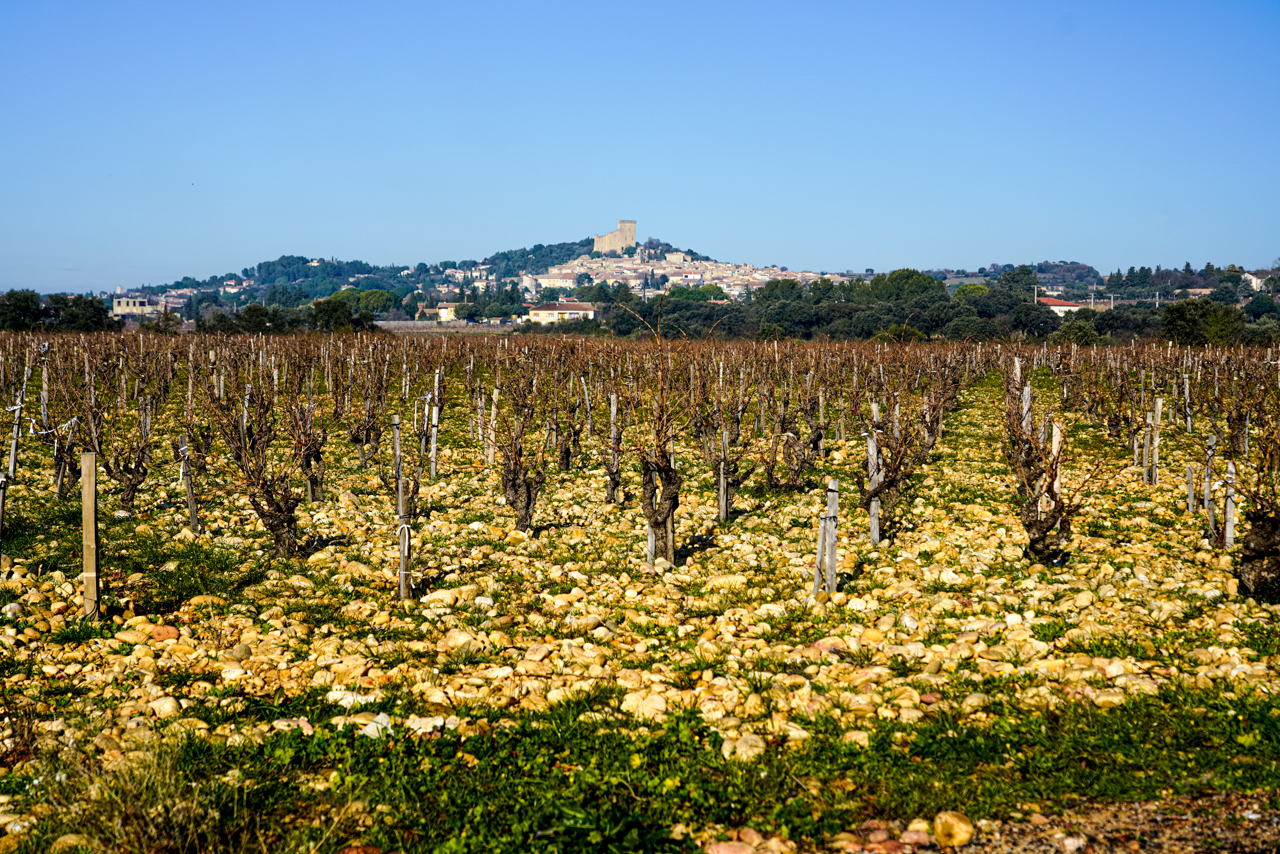
Gallimardes, the famed lieu-dit situated just south of Châteauneuf-du-Pape, January 2020
When contemplating Châteauneuf-du-Pape, let’s deal with a couple of misconceptions. The first is the overwhelming belief that the region is monolithic, conjuring up visions of plateaus of galets. While this is an iconic image of the terroir of Châteauneuf, the map below shows a great diversity of soil types in the appellation. From fine sands in the east to pebbly sands mixed with clays in the north and south, heavier clay soils (the famed plateaus) with large stones running southeast to northwest, and a small pocket of limestone soils in the west, it is no wonder that recent years have seen more bottlings seeking to showcase this diversity.
The other misunderstanding critics have often expressed, from Robert Parker to Jancis Robinson – yes, they can agree on some things! – is that the trend towards premium cuvées has stripped the “village” wines of their power and concentration. The chart below isn’t exact but shows that our estates’ “entry-level” wines are actually from singular terroirs. Our winemakers are making a point with each of their cuvées, thereby furthering the dual goals of practicing their time-honored tradition of blending terroirs like Marcoux Tradition, Janasse Tradition, and Sabon Reserve while also attempting to express what they feel are their most unique terroirs.
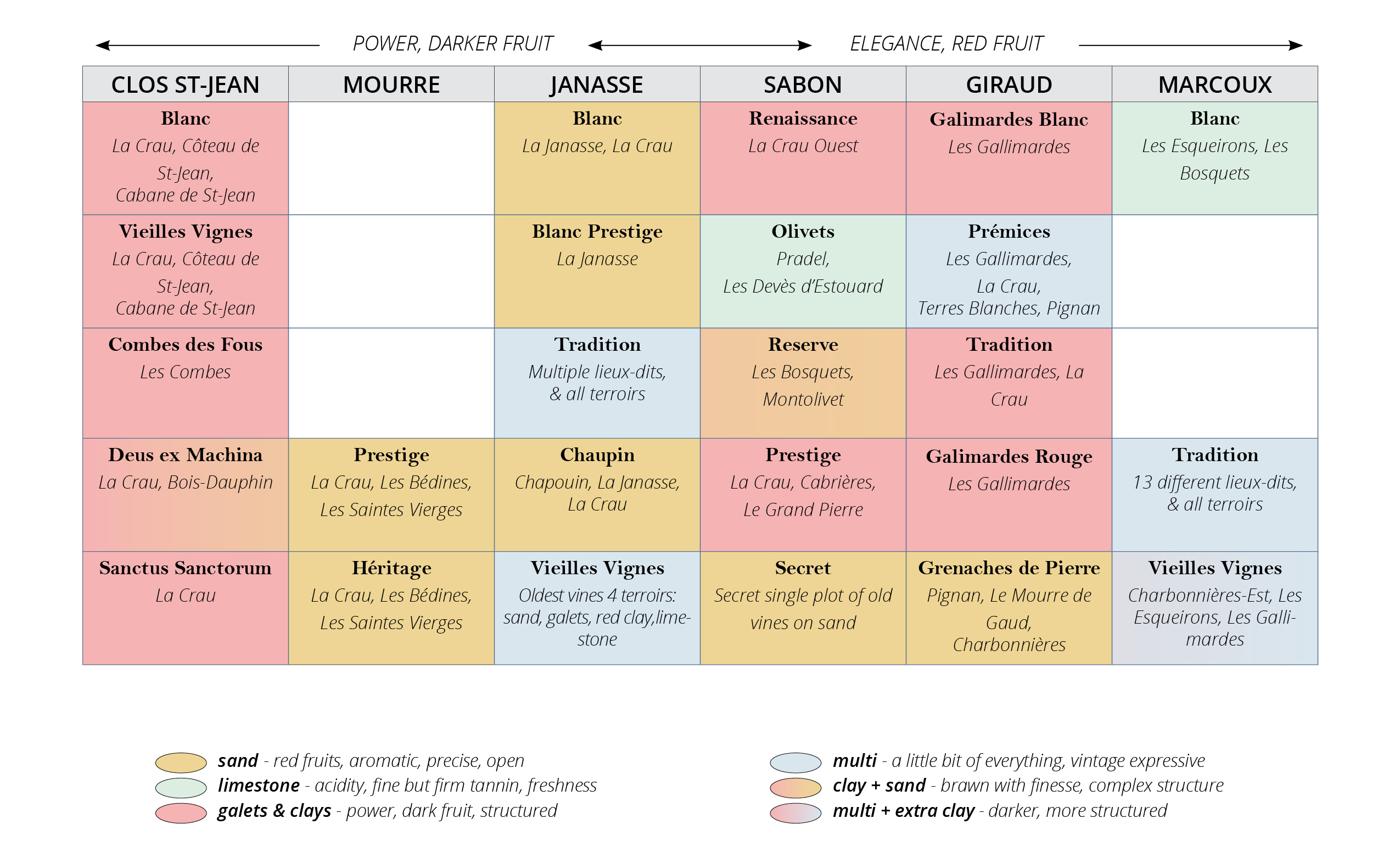
So wait, you ask, how can sandy terroirs embodied by Château Rayas’ ethereal glory make darker, more structured wines? One explanation has to do with style. Small changes like final blend, harvest date, farming, potential alcohol, stems, maceration length, cold maceration, concrete, foudres, barrels, and new wood all play into the final results. Add to that the increasing vagaries of climate change combined with better farming practices and a more modern sensibility to let the wines make themselves while following them far more diligently and nudging them along rarely and only when necessary. All these tiny details result in some confusion about where to place them on a continuum from traditional to modern. So here is our take on each of our growers.
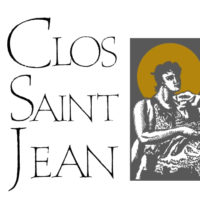 This property remains our most modern in style and sensibility. These wines remind you of the mid-aughts heady days and appeal to fans of this full-on style. Despite what detractors would say, these remain meticulously crafted wines from ripe grapes made in a richer style. The fruit is entirely destemmed, and macerations are long and generally last more than a month. The Grenache is almost wholly raised in concrete tanks, getting its power from the age of the vines (50-100+ years old) and coming entirely from red clay soils. Syrah & Mourvèdre are aged in first and second-fill demi-muids. A quick perusal of prominent critics finds consensus about Clos Saint-Jean’s wines. The more reserved palate of Joe Czerwinski, writing for RobertParker.com, remarks, “This estate has become a model of consistency and excellence.” James Molesworth of Wine Spectator observes, “If you like the destemmed, lush, dark fruit style, you will adore these wines.” The total size is 44 hectares in Châteauneuf-du-Pape.
This property remains our most modern in style and sensibility. These wines remind you of the mid-aughts heady days and appeal to fans of this full-on style. Despite what detractors would say, these remain meticulously crafted wines from ripe grapes made in a richer style. The fruit is entirely destemmed, and macerations are long and generally last more than a month. The Grenache is almost wholly raised in concrete tanks, getting its power from the age of the vines (50-100+ years old) and coming entirely from red clay soils. Syrah & Mourvèdre are aged in first and second-fill demi-muids. A quick perusal of prominent critics finds consensus about Clos Saint-Jean’s wines. The more reserved palate of Joe Czerwinski, writing for RobertParker.com, remarks, “This estate has become a model of consistency and excellence.” James Molesworth of Wine Spectator observes, “If you like the destemmed, lush, dark fruit style, you will adore these wines.” The total size is 44 hectares in Châteauneuf-du-Pape.
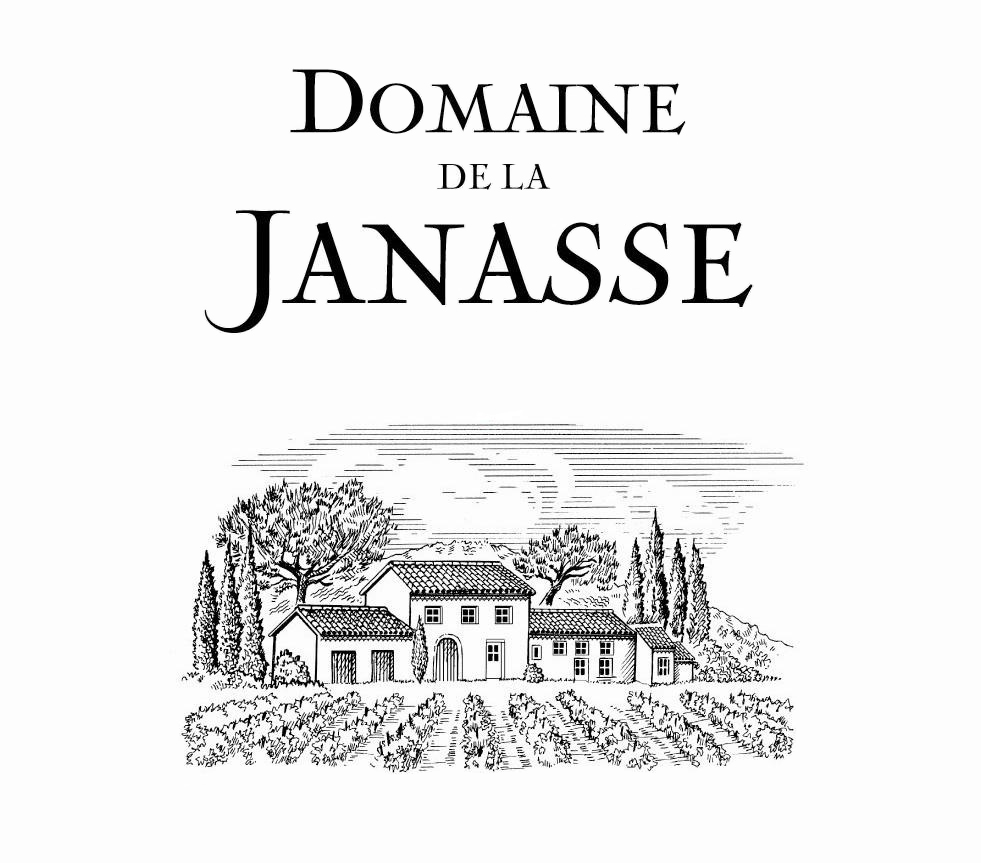 Domaine de la Janasse has been in our portfolio from the beginning and, over the years, has become a benchmark grower in our portfolio and Châteauneuf-du-Pape. With a lengthy track record of accolades, it is generally assumed that Janasse is an ultra-modern grower. Yet, when visiting the cellar and tasting their vintages back to 1990, one can notice a gradual evolution in their winemaking. About 20% of whole-cluster fruit is used in the fermentations, and macerations have remained moderate at between 21-28 days, but extraction is gentler. Tasting their Chaupin, pure Grenache that Eric Solomon suggested they make when he first tasted with Aimé, comes from sandy soils and gives you a sense of their take on this signature grape variety. The Tradition and Vieilles Vignes are 2/3 Grenache, with the remainder mostly Syrah and Mourvèdre, which shifts the flavor profile in a darker, more structured direction. All their Châteauneuf-du-Papes are aged in wood – foudres and demi-muids, and new wood is only employed to age their Syrah and Mourvèdre while refreshing their barrel stocks. While farming 90 hectares in total, only 25 hectares are in Châteauneuf-du-Pape.
Domaine de la Janasse has been in our portfolio from the beginning and, over the years, has become a benchmark grower in our portfolio and Châteauneuf-du-Pape. With a lengthy track record of accolades, it is generally assumed that Janasse is an ultra-modern grower. Yet, when visiting the cellar and tasting their vintages back to 1990, one can notice a gradual evolution in their winemaking. About 20% of whole-cluster fruit is used in the fermentations, and macerations have remained moderate at between 21-28 days, but extraction is gentler. Tasting their Chaupin, pure Grenache that Eric Solomon suggested they make when he first tasted with Aimé, comes from sandy soils and gives you a sense of their take on this signature grape variety. The Tradition and Vieilles Vignes are 2/3 Grenache, with the remainder mostly Syrah and Mourvèdre, which shifts the flavor profile in a darker, more structured direction. All their Châteauneuf-du-Papes are aged in wood – foudres and demi-muids, and new wood is only employed to age their Syrah and Mourvèdre while refreshing their barrel stocks. While farming 90 hectares in total, only 25 hectares are in Châteauneuf-du-Pape.
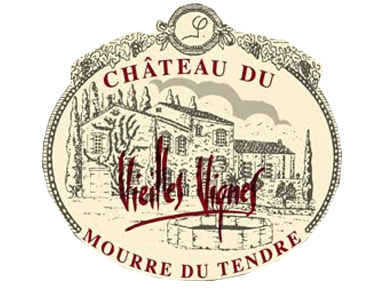 Château du Mourre du Tendre is a short drive from Domaine de la Janasse and is the outlier in our portfolio of growers in Châteauneuf-du-Pape. Their holdings are tiny in Châteauneuf-du-Pape, totaling just shy of 3 hectares of old-vine Grenache and Mourvèdre planted in sandy terroirs. Fermentations are entirely whole-cluster, and macerations are always long, lasting over a month. The Prestige is aged in tank for two years before bottling, resulting in something more akin to old-school Nebbiolo than anything else we’ve tasted in the Rhône. Under the leadership of the startlingly youthful Paul Verité, the estate also releases a tiny experimental cuvée, Héritage, aged in new demi-muids as Paul is building his stocks and sees how his family’s ultra-traditional winemaking takes to wood. He is releasing his wines slightly earlier while his grandparents manage the stocks of older wines, so it is the best of both worlds. Still, these wines will reach the market at least a year behind our other growers.
Château du Mourre du Tendre is a short drive from Domaine de la Janasse and is the outlier in our portfolio of growers in Châteauneuf-du-Pape. Their holdings are tiny in Châteauneuf-du-Pape, totaling just shy of 3 hectares of old-vine Grenache and Mourvèdre planted in sandy terroirs. Fermentations are entirely whole-cluster, and macerations are always long, lasting over a month. The Prestige is aged in tank for two years before bottling, resulting in something more akin to old-school Nebbiolo than anything else we’ve tasted in the Rhône. Under the leadership of the startlingly youthful Paul Verité, the estate also releases a tiny experimental cuvée, Héritage, aged in new demi-muids as Paul is building his stocks and sees how his family’s ultra-traditional winemaking takes to wood. He is releasing his wines slightly earlier while his grandparents manage the stocks of older wines, so it is the best of both worlds. Still, these wines will reach the market at least a year behind our other growers.
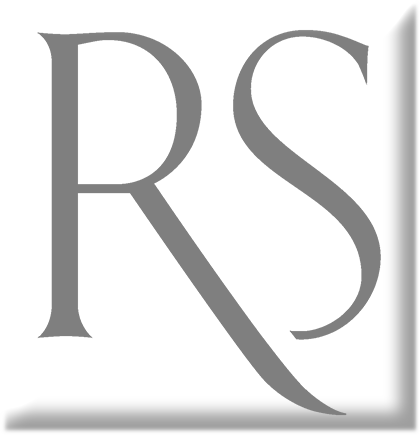 With 18 hectares in Châteauneuf-du-Pape, Domaine Roger Sabon is a well-established but modest operation. After years of being a sleeper in our portfolio due to smaller quantities, reasonable pricing, and a dedicated fan base, this property was easy to overlook. A visit in early 2014 greeted us with a vision of their “new” aging cellar where foudres had replaced almost all the barrels, and the wines have gone from exceptional to indispensable. A quick look at the style chart above also shows that their cuvées are based on terroir: Olivets is limestone, Reserve is mainly sandy, and sandy clay soils, Prestige is from red clay and galets, and Secret comes from their oldest plot on a sandy terroir. Tasting through the range is perhaps the best way to understand why terroir matters in Châteauneuf-du-Pape. Despite the very high percentages of Grenache in these cuvées, ranging from 70% in Prestige to 95% in the Secret, there is always a somber, savory, and dark undertow to these wines that make them exciting for those who are looking for the classic flavor profile of the appellation without sacrificing a pure expression of fruit and terroir.
With 18 hectares in Châteauneuf-du-Pape, Domaine Roger Sabon is a well-established but modest operation. After years of being a sleeper in our portfolio due to smaller quantities, reasonable pricing, and a dedicated fan base, this property was easy to overlook. A visit in early 2014 greeted us with a vision of their “new” aging cellar where foudres had replaced almost all the barrels, and the wines have gone from exceptional to indispensable. A quick look at the style chart above also shows that their cuvées are based on terroir: Olivets is limestone, Reserve is mainly sandy, and sandy clay soils, Prestige is from red clay and galets, and Secret comes from their oldest plot on a sandy terroir. Tasting through the range is perhaps the best way to understand why terroir matters in Châteauneuf-du-Pape. Despite the very high percentages of Grenache in these cuvées, ranging from 70% in Prestige to 95% in the Secret, there is always a somber, savory, and dark undertow to these wines that make them exciting for those who are looking for the classic flavor profile of the appellation without sacrificing a pure expression of fruit and terroir.
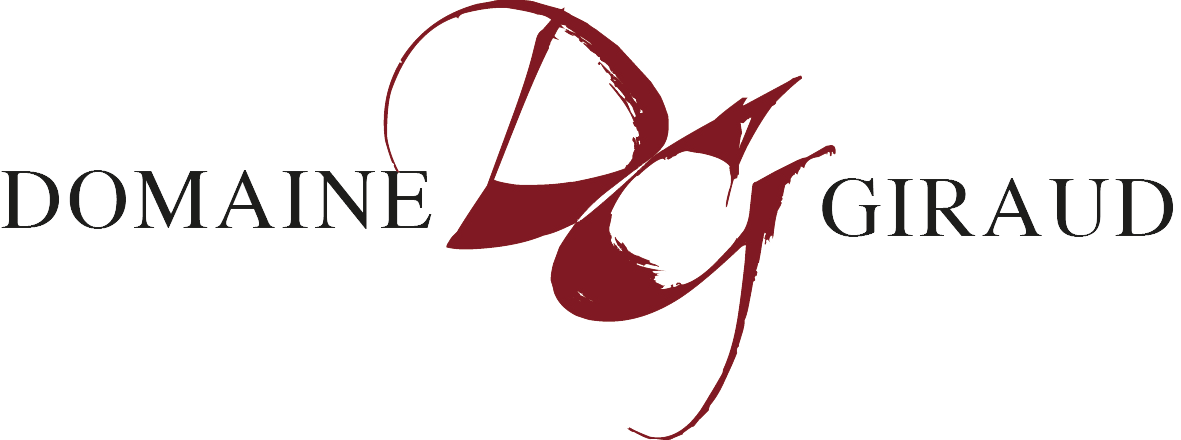 Domaine Giraud can be best summarized by the red-fruited clarity of their Grenache which runs from classically earthy and grounded in their Tradition (Grenache is only 60% of this blend), dense but precise in their Galimardes (90% Grenache), and ethereal but powerful in their Grenaches de Pierre. It should come as no surprise that the Girauds and the Amenier sisters are cousins, as you can see a kinship in their wines and love of Grenache. Only their Syrah is aged in barriques, while Grenache and Mourvèdre are raised in concrete. The fruit is organically certified, usually entirely destemmed, and after aging, the wines are bottled unfined and unfiltered. Their 17 hectares in Châteauneuf-du-Pape are located mainly in the south of the appellation, where the soils are mostly clay-based.
Domaine Giraud can be best summarized by the red-fruited clarity of their Grenache which runs from classically earthy and grounded in their Tradition (Grenache is only 60% of this blend), dense but precise in their Galimardes (90% Grenache), and ethereal but powerful in their Grenaches de Pierre. It should come as no surprise that the Girauds and the Amenier sisters are cousins, as you can see a kinship in their wines and love of Grenache. Only their Syrah is aged in barriques, while Grenache and Mourvèdre are raised in concrete. The fruit is organically certified, usually entirely destemmed, and after aging, the wines are bottled unfined and unfiltered. Their 17 hectares in Châteauneuf-du-Pape are located mainly in the south of the appellation, where the soils are mostly clay-based.
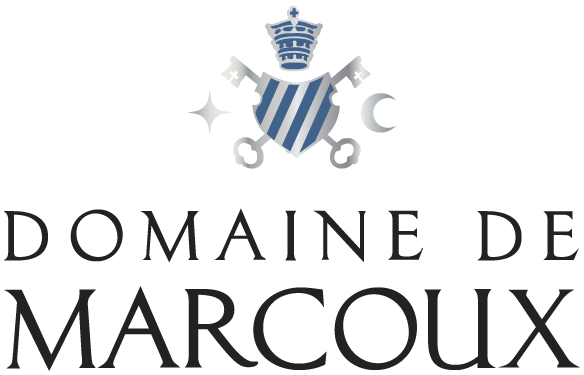 Domain Marcoux scarcely needs an introduction as the Armenier sisters have, since 1991, been pioneers of both organic and biodynamic farming in the appellation. Their family can trace its roots back to the 14th century as vine growers, and they are seemingly distantly related to everyone in the Châteauneuf-du-Pape. Despite almost always picking later than our other growers, their wines never seem to show overripe. How they achieve this is partly due to the age of their vines, which are over 50-years old, and their diverse holdings in a wide range of terroirs. Hence, their “village” bottling includes a little power from clay soils, vibrant, crystalline fruit from their sandy terroirs, and precision and freshness from limestone. Their Vieilles Vignes is only made in the most exceptional and abundant vintages coming from sandy Charbonnières and the limestone soils of Esqueirons. This remarkable fruit is reserved for the “village” bottling in more challenging vintages. Grenache is queen here, making up 98% of the V.V. and 80% of the “village” wine. Macerations are long, over a month, and aging is mostly in concrete, with some wines going in foudres and 350L barrels. The V.V. is aged entirely in foudres.
Domain Marcoux scarcely needs an introduction as the Armenier sisters have, since 1991, been pioneers of both organic and biodynamic farming in the appellation. Their family can trace its roots back to the 14th century as vine growers, and they are seemingly distantly related to everyone in the Châteauneuf-du-Pape. Despite almost always picking later than our other growers, their wines never seem to show overripe. How they achieve this is partly due to the age of their vines, which are over 50-years old, and their diverse holdings in a wide range of terroirs. Hence, their “village” bottling includes a little power from clay soils, vibrant, crystalline fruit from their sandy terroirs, and precision and freshness from limestone. Their Vieilles Vignes is only made in the most exceptional and abundant vintages coming from sandy Charbonnières and the limestone soils of Esqueirons. This remarkable fruit is reserved for the “village” bottling in more challenging vintages. Grenache is queen here, making up 98% of the V.V. and 80% of the “village” wine. Macerations are long, over a month, and aging is mostly in concrete, with some wines going in foudres and 350L barrels. The V.V. is aged entirely in foudres.
Much attention has been placed on the elevage of the wines of Châteauneuf-du-Pape as a predictor of the style. This may have been the case in the 1990s and early 2000s when estates started investing more in new barrels and foudres, impacting the wines’ flavor, especially the more transparent Grenache. The hallmark variety of Châteauneuf-du-Pape readily shows new wood elevage more than Syrah or Mourvèdre. For the most part, all of our growers utilize concrete, foudres, or second-fill or older demi-muids for their Grenache only using their new demi-muids and barriques – always in a small proportion to refresh their barrel stocks – for the elevage of Syrah or Mourvèdre.
Part two of this series on Châteauneuf-du-Pape will delve into grape red and white varieties. Part 1 deals with the recent vintages in Châteauneuf-du-Pape.
All questions can be directed to the author:
![]()
